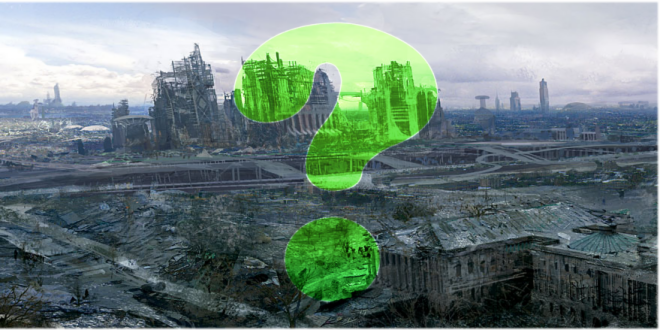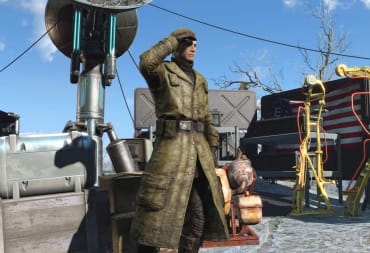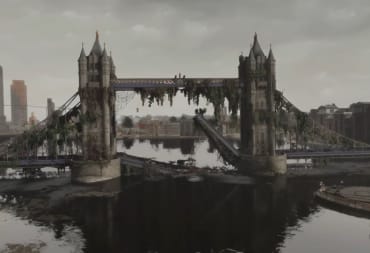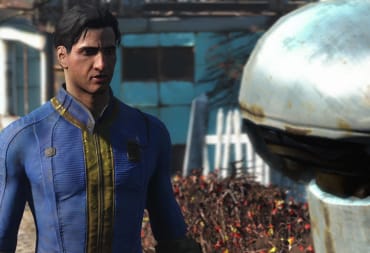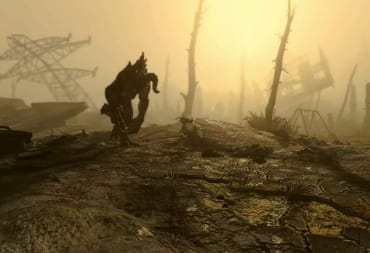The obvious answer is "oh, come on, REALLY?" But weirdly enough, while the Fallout franchise takes quite a number of liberties with reality, it has borrowed from real life as often as not.
I was hit particularly hard by this realization during a recent kick of watching old nuclear-war and rocketry films from the '50s through the '90s. I also tend to run across this sort of thing in blogs covering Nuclear Age concepts, medicinal scams, and the like. Time and time again, things meant to be taken as comedic in Fallout turn out to have been treated (and often meant!) with earnest seriousness back in the day.
Let's start off with one of the greats in this regard.
A HOT RIDE
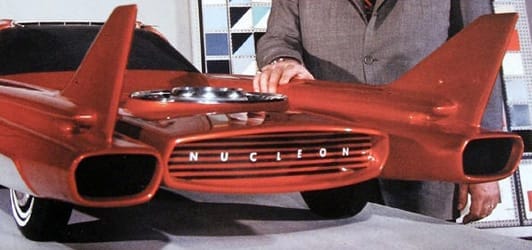
A 1958 concept from Ford, the Nucleon was presented as a thought-experiment taken to the penultimate extreme—that is, just short of trying to build a working prototype. In fact, the concept itself relied on assuming that nuclear reactors would soon be miniaturized to the size implied here. That happened in the Fallout universe, but so far not yet in our own. In 1958, little thought was given to how one fission reactor might respond to colliding with another at combined speeds exceeding 100mph, but they DID consider a chain of service stations for the speedy replacement of reactor coolant and cores.
To think that the Chryslus Highwayman or Corvega was so close to reality ... brrr! I get shivers, and not necessarily the good kind.
SHELTERS: THEY'RE THE BOMB
If you're a big fan of Fallout: New Vegas, you should really be wondering why this isn't already modded in as a player home.https://www.youtube.com/watch?v=Kpjx4-M-EqY
While this example might be considered a little silly (or at least extremely unusual), more serious bunkers were actually built to protect government functionality. Others have aimed for long-term population survival, such as this 3600-person vault complete with its own air recycling and power generators in West Berlin.
So, atomic cars might be possible by 2077 and Vaults have definitely been a thing since at least 1957, but what about stuff like nuclear damage? Surely there wouldn't be so much left standing in places like Washington D.C. or Boston!
NUCLEAR DEVASTATION, WOO!
Growing up in the '70s and '80s—yes, I'm positively ancient, so you smoothskin youngsters listen up—I was regularly inundated with movies and documentaries about nuclear war. I sought out numerous books on the subject. And on more than one occasion when I would move to a new city, I'd find a large map and cross-reference public data estimates for suspected nuclear targets. While most other people coped with the threat by adopting nihilism, I preferred to think in terms of at least trying to stay alive.So, yeah, I actually know something about this stuff. For example, the famous Meteor Crater in northeast Arizona is estimated to have been the result of a 10-megaton explosion, produced by the sheer kinetic force of a rock smacking the ground at extremely high speeds. Guess how big the crater is?
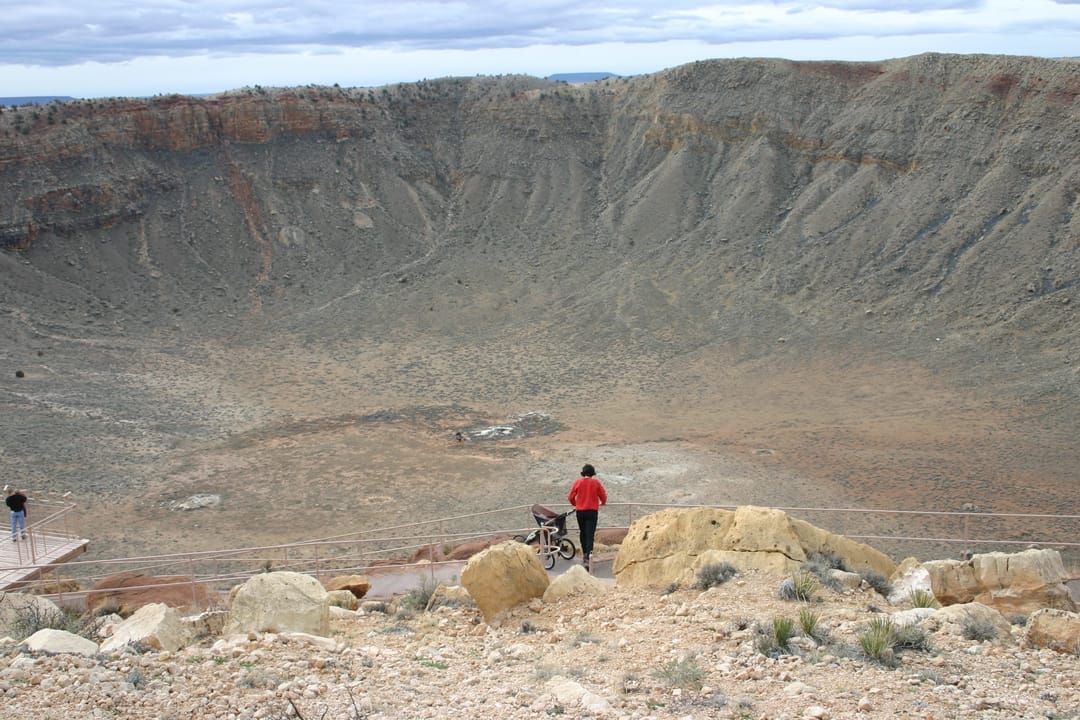
A "mere" twelve hundred meters in diameter ... or, to my fellow Americans, about three-quarters of a mile across. Mind you, we're not even talking about blast, heat, shockwave, or overpressure at this point, and it's probably best that this article doesn't wholly derail into a thorough scientific examination of such factors. There are some really good videos that already cover that. Suffice to say this is a mixed bag when it comes to the Fallout franchise; sometimes areas near a nuclear impact crater look suitably devastated, other times you get neighboring buildings with still-intact windows.
The important thing to bear in mind is that most nuclear weapons aren't remotely as powerful as this. The multi-megaton "city-busters" of the 1950s were developed because early Inter-Continental Ballistic Missiles (ICBMs) weren't terribly accurate: "If we can't be sure of hitting the nail, we'll use a bigger hammer." Once Multiple Independently-Targetable Reentry Vehicles (MIRVs) were developed—and could reasonably be expected to hit what they were aimed at—warhead yields dropped to fractions of a megaton, making this sort of result reasonable:
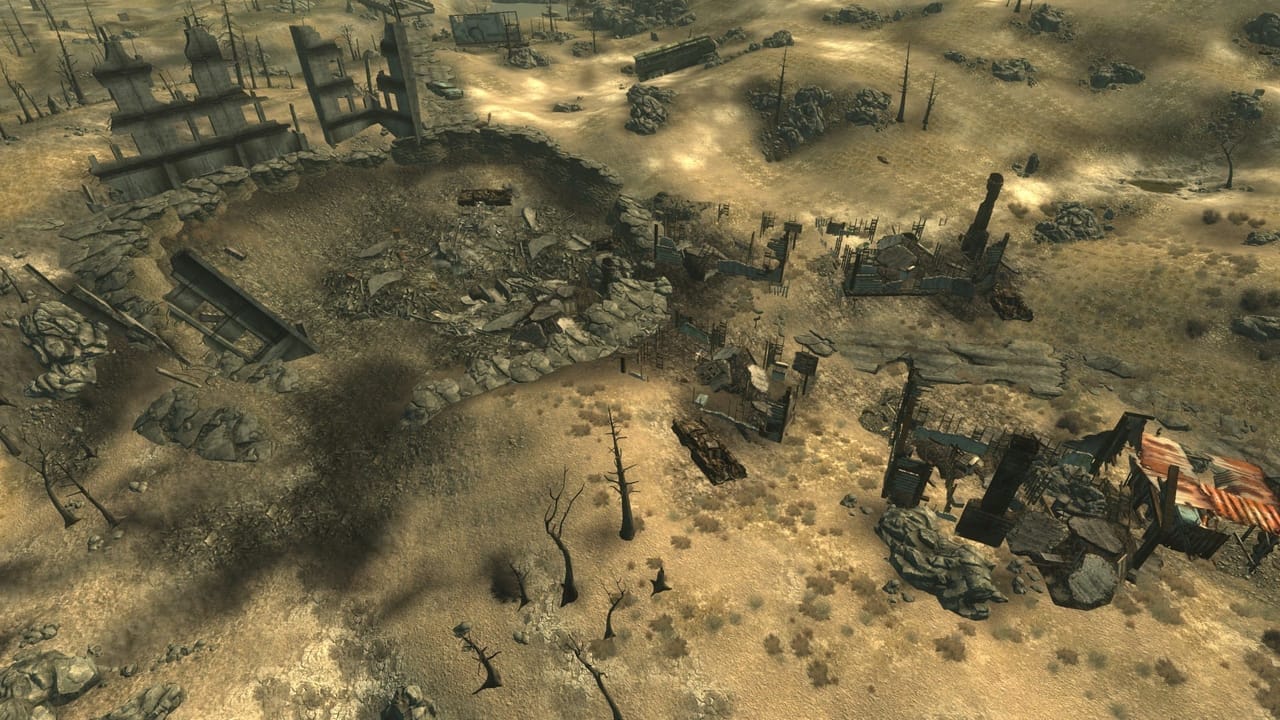
The argument for Fallout's Great War having largely been MIRV-dominant is also reinforced by old-world intelligence records found in Fallout 4. According to these, the Chinese used a stealth-submarine fleet to launch a surprise first strike against the United States, which probably would have deployed large numbers of relatively small warheads with a few big ones mixed in. Targets requiring superheavy warheads, such as NORAD's Cheyenne Mountain complex, would probably have had to wait for ICBMs from China to arrive once the element of surprise had been expended.
So how does the opening of Fallout 4, with its dramatic nuclear detonation, stack up to these facts? Surely you were watching the Big One go off, the one which created the Glowing Sea ... right?
https://www.youtube.com/watch?v=pASEPotxfKo
Well, no. That's physically impossible, and not just "because science!"
First off, it's in the wrong direction: the Glowing Sea's crater is south and slightly west of Vault 111, but you're looking to the southeast when that first bomb goes off. Secondly, nuclear blasts aren't actually supersonic (don't start in with the "Mach stem," we don't need to add five paragraphs demonstrating how little that actually matters here). Even if it were doing a steady Mach One average speed, the ten seconds between detonation and blast-front arrival would put the epicenter at not much more than two miles from Vault 111.
Which is just about the right distance for a low-yield warhead in the "Hiroshima" range—between fifteen and twenty kilotons. Something you'd use to destroy the population center for a town the size of, say, Concord. That's also commensurate with everyone atop Vault 111's elevator not getting flash burns or health-threatening doses of gamma radiation. Nope, they all go right into deep-freeze, without a single Rad-Away packet or stimpak being expended!
Compare that to the actual "Glowing Sea."
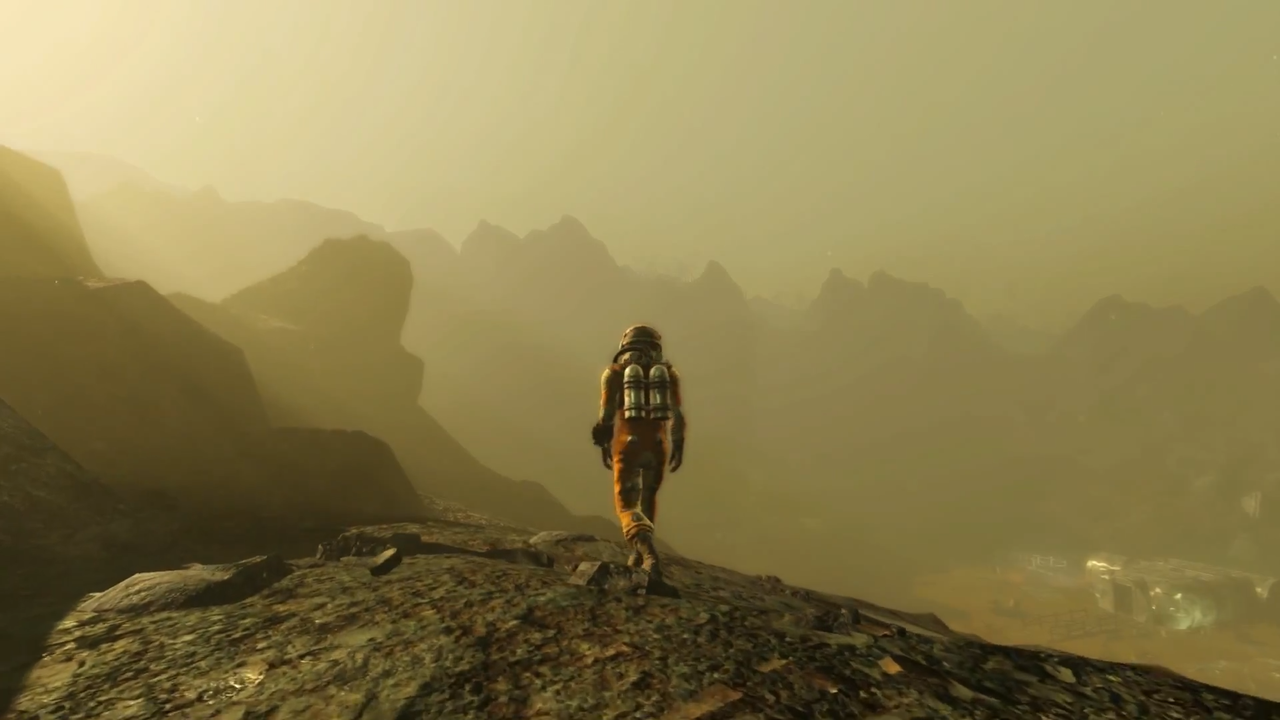
Whoa, NELLIE. If Meteor Crater is anything to go by, that has got to be at least a ten-megaton crater, and definitely a ground-burst. This was intended for a hardened military target of some kind. If you've been exploring the Glowing Sea, you've probably found one or two likely candidates for just such a strike.
Okay, so aside from various weird exceptions, it seems the destructive effects of a nuclear war are fairly-well modeled in the Fallout universe.
In Part Two, I'll be covering the weird differences in Fallout radiation versus the real world, various tidbits of science and non-science, and maybe even an economic lesson. I'll also be brushing up on my resume for new employment after the economic part costs TechRaptor enough readership fleeing to other sites.
Do you have some interesting arguments to make about Fallout's realism (or lack of same)? Belt 'em out in the comments below!
Have a tip, or want to point out something we missed? Leave a Comment or e-mail us at tips@techraptor.net
